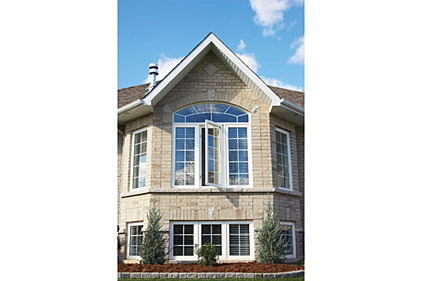The total demand for sealants is estimated at 533,860 tons in 2012, according to “Overview of the European Sealants Market,” a new report from IAL Consultants. Taking into account the 15 countries of Western Europe and eight countries of Eastern Europe, the market is relatively stable, showing a slight growth rate of 1.5% per year over the forecast period to 2017.
More than half of the market is occupied by silicones and polyurethanes (PUs). Silicones make up almost 40% of the market, followed by polyurethanes with almost 17% share. The third largest product group is acrylics, which represent 10%.
The market demand for sealants is related directly to the situation in the construction industry. Construction of new buildings and the amount of renovation works are forecast to grow at similar slow rates of 0.3 to 0.6%. High growth in construction activity has been identified for the Austrian, German, Dutch, Romanian, Russian and Turkish markets. Declining markets include the Irish, Italian, Portuguese, Spanish, UK, Czech, Hungarian, Slovakian and Slovenian markets. Other country markets are stable or show little growth.
The situation in the demand for glazing sealants depends largely on the status of the construction industries. One of the main drivers of the market for glazing sealants is new European regulations on creating energy efficiency in buildings (EU Energy Performance of Buildings Directive, or EPBD). The regulations have had a particular impact on renovation and refurbishment projects.
Window manufacturers commonly use butyls as primary sealants, and polysulphides, polyurethanes, and silicones as secondary sealants. Percentage-wise, consumption of these technologies varies from region to region. All of these technologies are predicted to grow over the forecast period, with the highest growing product in this segment expected to be hot-melt butyl sealants.
The market segment of sealants for general transport applications is forecast to remain stable. Last year was influenced by falling car production in both Western and Eastern Europe. The second important reason underpinning the relative flatness of the market is that the major car manufacturers are trying to reduce costs, which implies improving efficiency in the application of sealants.
DIY applications remain a growth market, although overall growth in this application is forecast to slow to about 1.7% annually. Growth has slowed in the UK, Spain, Switzerland and other countries, and the DIY market is still relatively small in other country markets.
Consumption of sealants in Western and Eastern Europe is affected by European regulations, including norms on the usage of products containing isocyanates and their labeling, and standards for sealed unit manufacture. The general trend toward reduction of vehicle weight allowing for reduction in fuel consumption is also related to environmental legislation. Currently, customers tend to look for products that are considered more environmentally friendly, or “greener.”
Modified silane (MS) polymers and hybrid production are becoming increasingly optimized so that manufacturers can achieve performance specifications closer to the replaceable PU sealants. MS polymers’ share is growing due to a number of benefits that they offer. Over time, they have taken some of the market share from PU sealants. However, they are not expected to replace PU sealants to a high extent. The highest growth in demand for these sealants is forecast for transport applications.
For more information, visit www.ialconsultants.com.


